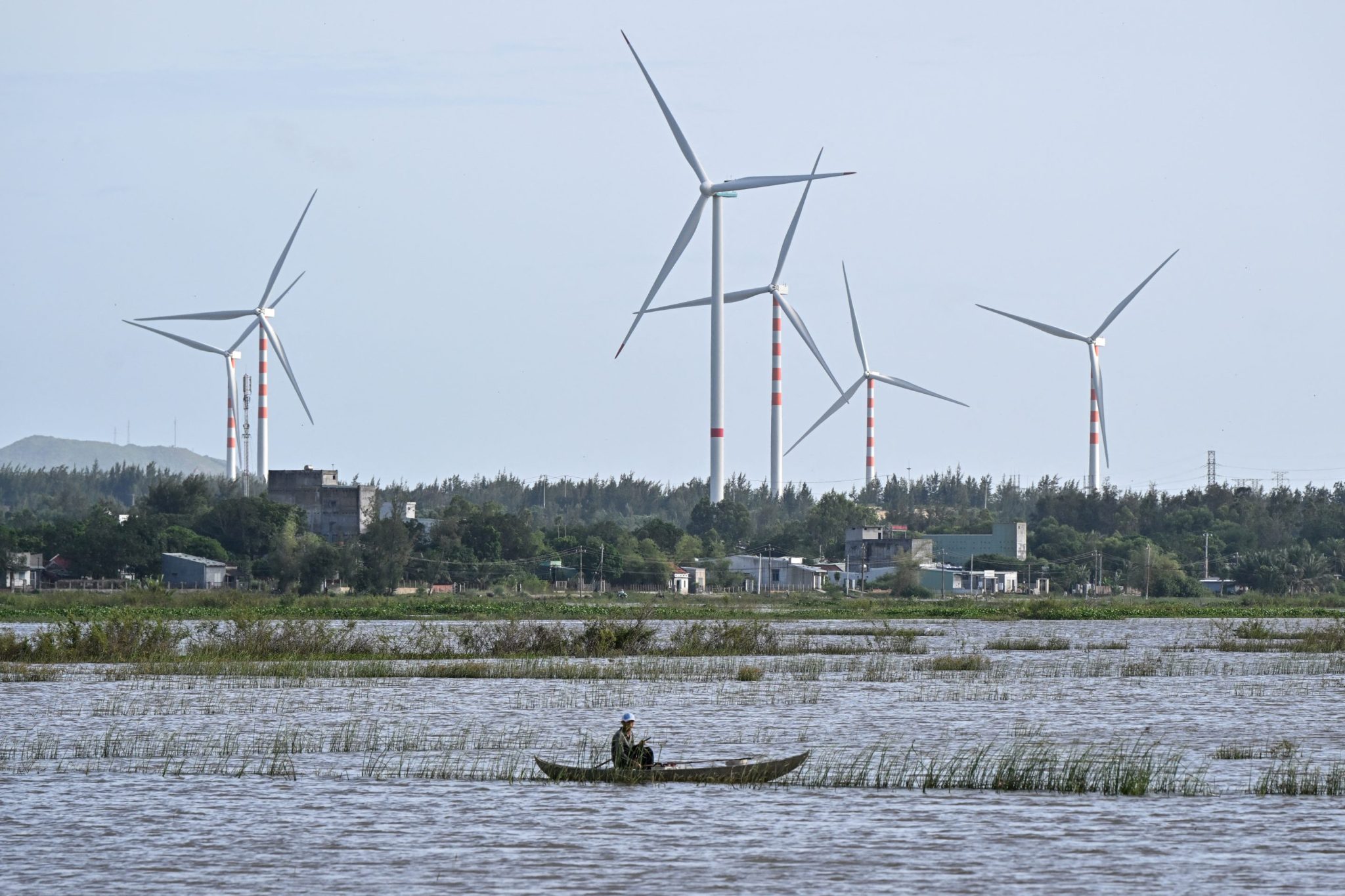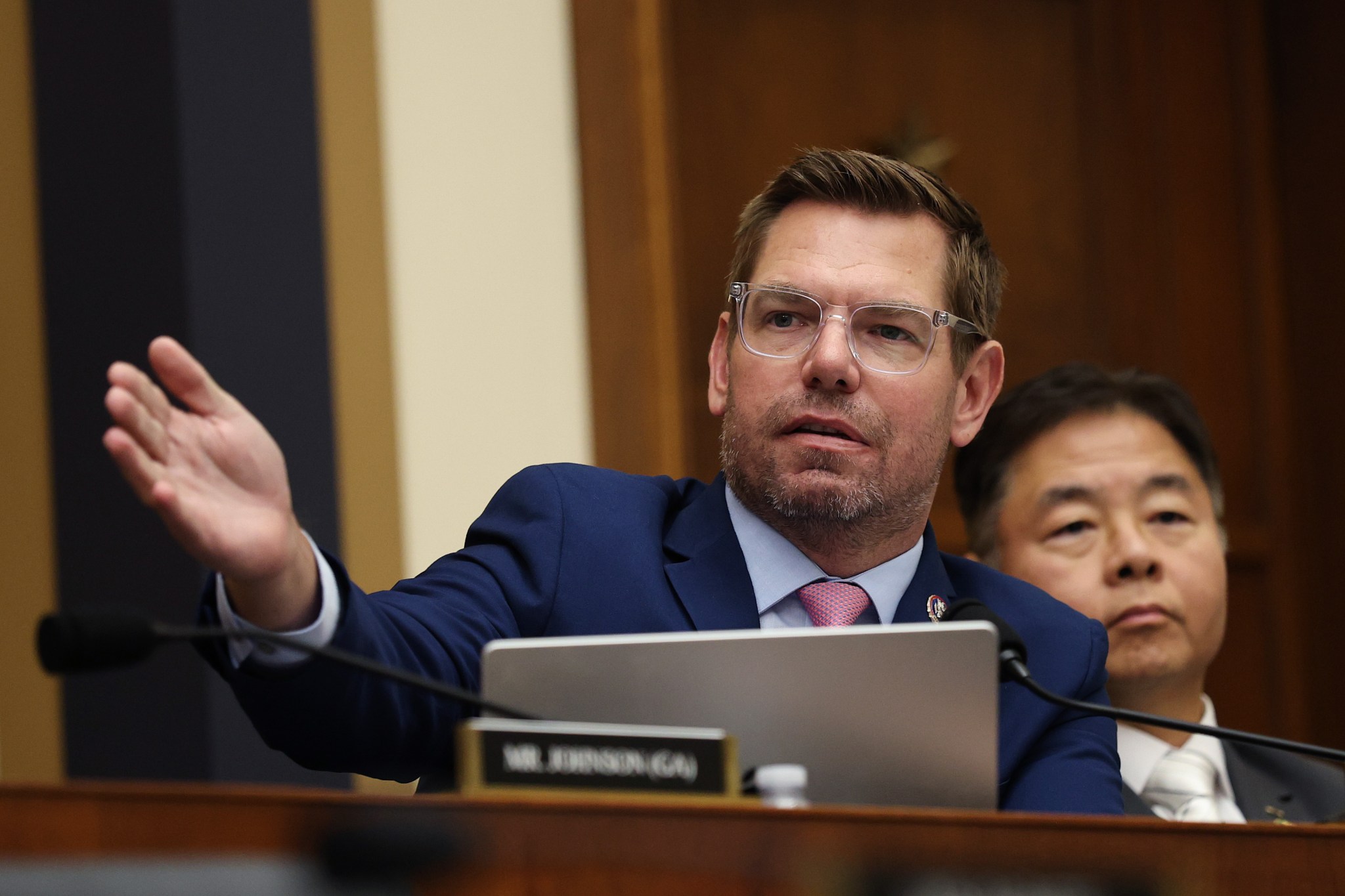
When Ozempic and Wegovy launched, their bombshell success was only going to be exclusive to their maker—Novo Nordisk—for a matter of time. While the Danish pharma giant holds the patents to these GLP-1s for the time being, some are due to expire as early as next year.
The success of these drugs, used to treat diabetes and obesity, has naturally caught the attention of Novo’s competitors. America’s Eli Lilly, for example, is seeing growing demand for its Mounjaro product and is keen for a pill form of the medication to be pushed speedily through the U.S. approvals process.
Novo Nordisk has a pill form of its own products to come, but the fact remains that until it can conjure its next rabbit from the hat, the outlook is weakening. In its Q3 2025 results released November 5, Novo reported expected sales growth for the year of between 8 and 11% at constant exchange rates, and operating growth profit now between 4% and 7%. Compared to the same time last year, Novo was predicting 22% operating profit growth and sales growth of 24%.
Novo Nordisk shares dropped on the update before quickly rebounding, but its stock remains on a downward trajectory. Its share price has fallen more than 50% year to date.
After a company-wide restructuring costing some DKK 9 billion ($1.38 billion), Novo’s path to success lies in its ability to create the next healthcare-altering drug. This, says Novo CFO Karsten Munk Knudsen, will be the “silver bullet” to defending key markets from competitors.
“The ultimate defence in our industry is in innovation,” Knudsen told Fortune in an exclusive interview. “So clearly we do everything we can to push innovation forward: That could be the Wegovy pill that we hope to launch next year in the U.S., that could be our third-generation product CagriSema that we hope to submit in the coming months, and then push and increasing forward also amycretin. So innovation is really the silver bullet here.”
CagriSema is an obesity medication to be taken once weekly, and amycretin is a daily oral medication used to fight diabetes.
For the patents on some of Novo Nordisk’s hero products in certain regions to be running out is an inevitable headache—companies can only hold them for so long before competitors are able to launch their own products. To win a patent is the prize for pushing the needle, Knudsen said, and after a period of breathing room companies must go to battle for consumers: “This is how it is for our industry. The way we deal with it vis-a-vis our shareholders, first and foremost, is that we’ve been very transparent with the impact from countries where our patent … lapses into next year.”
The company sees a low single-digit negative impact because of the expirations next year, Knudsen added: “In those specific markets then we adapt our strategies and we do not intend to leave these markets whatsoever, and intend to defend our market position.”
The real snag will come in the next decade: The U.S. represents 50% of group sales for Novo, and while there is a “good runway” until the early 2030s, that’s when patents in America run out and the true battle begins.
Legal issues
Another side-effect of the phrama industry is legal issues, and Novo has plenty on its plate. These include an anticompetition lawsuit from a major competitor, claims about Novo-manufactured drugs leading to significant medical side-effects, and the pharma giant itself launching suits over copies of its product.
Most recently, New York-based Pfizer launched a case against Novo Nordisk over the Danish brand’s bid to buy obesity start-up Metsera. Both Metsera and Novo have fired back, with the latter saying in a statement: “We are confident this transaction does not raise any antitrust issues.”
Knudsen also said he doesn’t see consumers moving away from Novo products following cases alleging serious side effects from taking the medication. “This class of products has been around, just in our portfolio, for more than 15 years, and we are reaching millions of patients with our products,” he said. “Clearly that would not be the case if there are any material concerns around safety around our products.”
Nonetheless, the suits could prove costly and lengthy—potentially having a material impact on the company’s bottom line.
“First and foremost, I do believe that we have a highly capable global legal function and the best way to deal with legal situations is to prevent them from occurring in the first place,” Knudsen said. “The best defence is prevention and from there it’s really about the legal capabilities both with our in-house function and with our external legal advisors that we use.”
Financially, he added, risks are evaluated on a rolling basis: “We have a reasonable risk profile on that front. It’s something that … we assess on an ongoing basis … and then what insurance coverage do we have, how strong is our legal position, and I think we’re in a reasonable position.”
Credit: Source link














